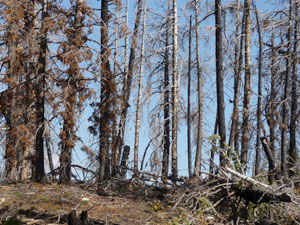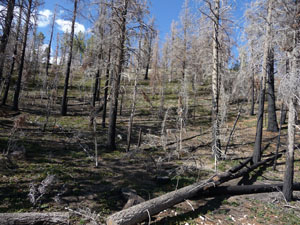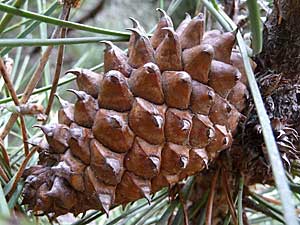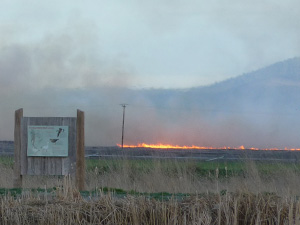
Fire!!
Fires can be both friendly and ferocious. The Grus clan has always been a little wary of fire, but we have seen it provide both aid and comfort to humans. Nevertheless, unless you are one of my friends who live under a rock (a quick shout out to my crustacean pals out there), you probably have heard about destructive wildfires sweeping through many parts of the world. When you see smoking forests and burning homes, it's hard to imagine there could be conflicts about fire. It destroys things. It should be stopped—right? Unfortunately, we are now paying the price for that kind of thinking.
On the One Hand


No one can deny the ravaging fury of wild fires. They transform idyllic settings into skeletal wastelands. They destroy homes and kill people and animals. They also release tons of Carbon Dioxide into the atmosphere, fueling global climate change.
They are particularly dangerous in areas where tinder has accumulated. This happens when there have been no fires for many years, so the underbrush has grown thicker. Sometimes it comes from an accumulation of dead tress due to disease such as sudden oak death or the pine beetle.
On the Other Hand


Fire is an important part of many of ecosystems around the world. Periodic fires control the spread of some nasty forest infections. Some of the old pine stands in Bryce Canyon National Park, such as these shown on the right, have been ravaged by diseases and mistletoe that normally would have been much less deadly if natural lightning sparked fires had been allowed to burn.
Uh Oh, We Have Yet Another Hand!

Many ecosystems around the world have adapted to naturally occurring fires. Frequent smaller fires clear out accumulated debris from dead plants and trees, so that they may actually be one of the most effective techniques for reducing extremely hot and destructive fires. They may also suppress species that would outcompete those we now consider the dominant trees in the forest.
Some trees are so adapted to fire they actually can't reproduce without them. The bishop pine cone (pictured on the left) remains tightly closed until it is exposed to fire. It then opens, releases the seeds into soil that has been enriched with the fire's ash, and renews the forest. When the natural wildfires that are part of these ecosystems are suppressed, these species begin to disappear along with the other plants and animals that are dependent on them. Fire suppression was partly responsible for the near extinction of the Kirtland's Warbler, who nests almost exclusively in young stands of another fire-dependent tree, the Jack Pine.
Can We Control Fire?

To save the Kirtland's Warbler and other species that depend on stands of young Jack Pine, more than 150,000 acres of forest in the upper midwest are now managed through the rotation of logging, burning, seeding, and replanting. This allows the land to support both commercial logging AND wildlife habitat. The Kirtland's Warbler has responded well to these practices. From a low in the '70s and '80s of 200 singing males—they are far easier to spot than the stealthy females—the population has grown to more than 1200 singing males.